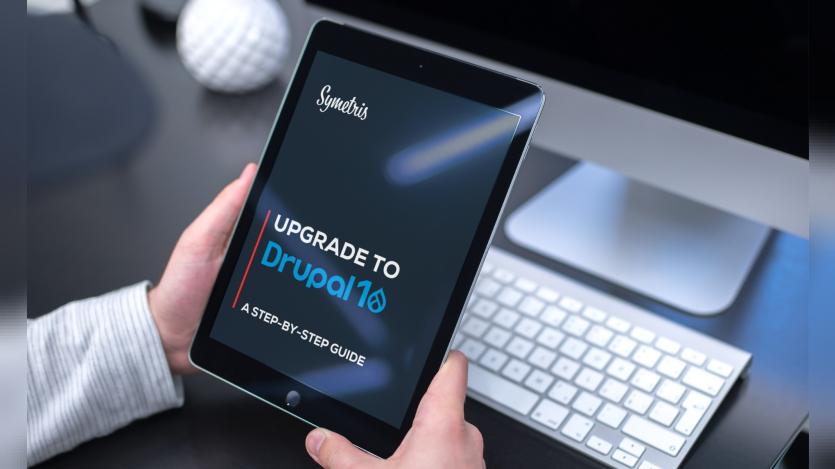Symetris' Step-by-Step Guide to Upgrading to Drupal 10
Drupal enthusiasts and website owners, it's time to level up your web experience as Drupal 10 takes centre stage! A comprehensive step-by-step guide by Symetris unveils the roadmap to transition from your current version to Drupal 10 smoothly. This upgrade promises many new features and improvements to elevate your website's performance and functionality.
The guide provides a structured approach, with tailored instructions for migrating from Drupal 9, Drupal 7, and other versions. As of December 2022, Drupal 7 and Drupal 9 are slated to reach their end of life in November 2023, making it imperative for users to plan their transition. Drupal 10 introduces enhanced text editing tools, user-friendly interfaces, automatic updates, and a project browser feature, catering to a diverse range of users from content editors to developers.
However, before diving into the upgrade process, it's crucial to ensure your website meets specific requirements. Drupal 10 mandates PHP version 8.1 or higher, with a recommendation for 8.1.6 or later to avoid potential bugs. Symfony 6.2 compatibility is essential, while databases such as MySQL, MariaDB, PostgreSQL, or SQLite must meet minimum version requirements. Notably, Drupal 10 ceased support for Internet Explorer and older versions of Universal Control Browser. Composer version 2.3.6 or higher is recommended for compatibility with PHP 8.2 and forthcoming Automatic Updates.
With Drupal 10's enhanced user experience and extended functionality, this step-by-step guide equips users to embrace the future of web development and ensure a seamless transition to the latest version. Learn more here.
Disclaimer: The opinions expressed in this story do not necessarily represent that of TheDropTimes. We regularly share third-party blog posts that feature Drupal in good faith. TDT recommends Reader's discretion while consuming such content, as the veracity/authenticity of the story depends on the blogger and their motives.
Note: The vision of this web portal is to help promote news and stories around the Drupal community and promote and celebrate the people and organizations in the community. We strive to create and distribute our content based on these content policy. If you see any omission/variation on this please let us know in the comments below and we will try to address the issue as best we can.
























